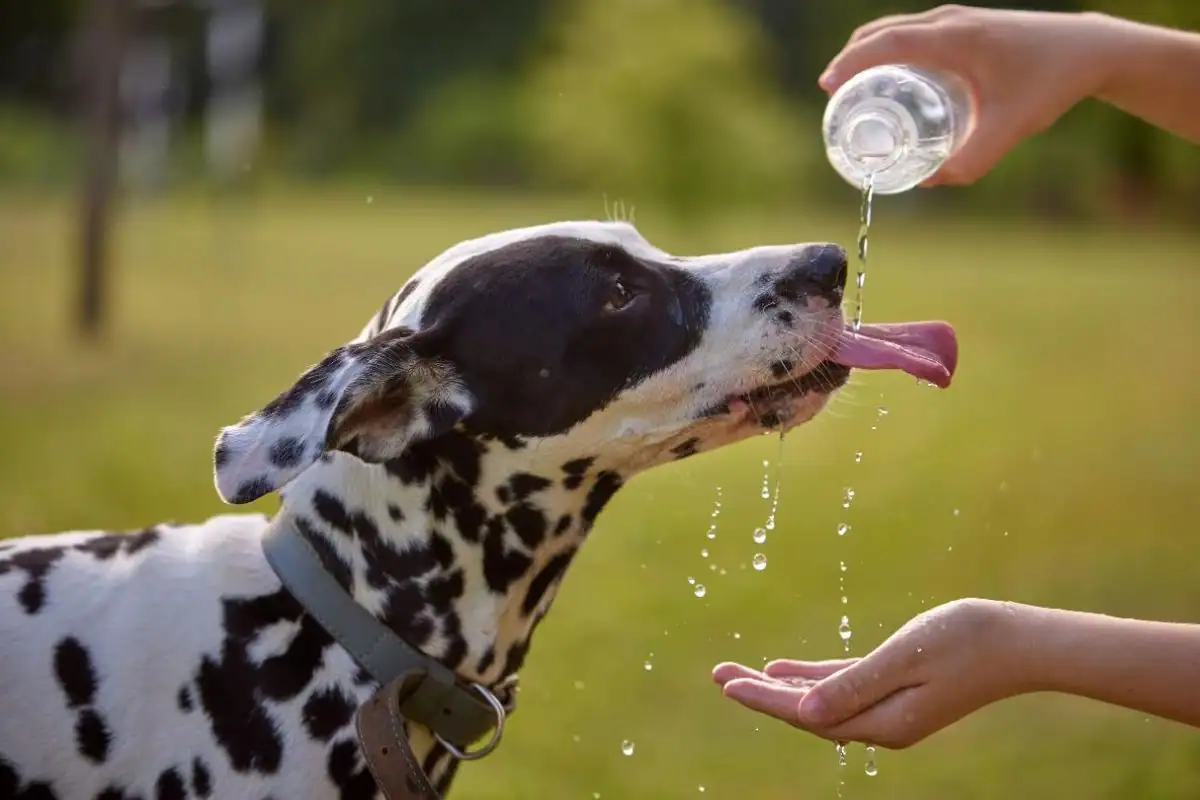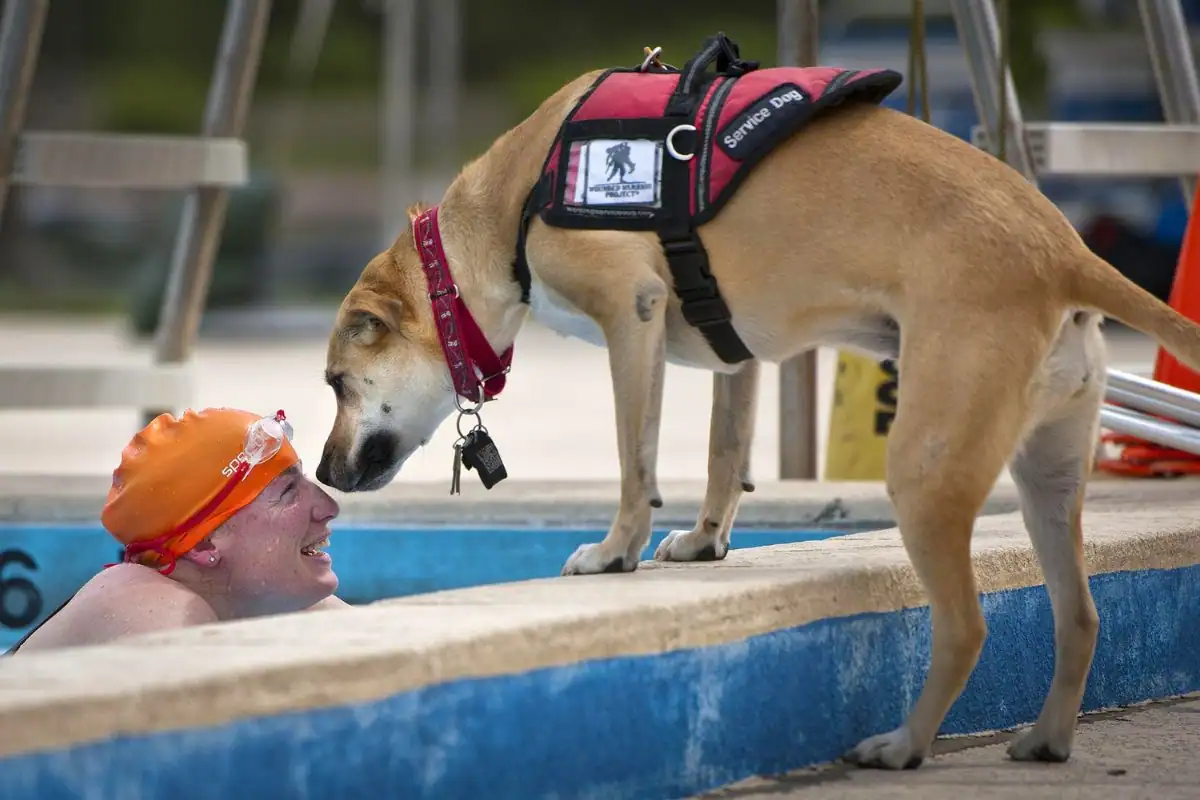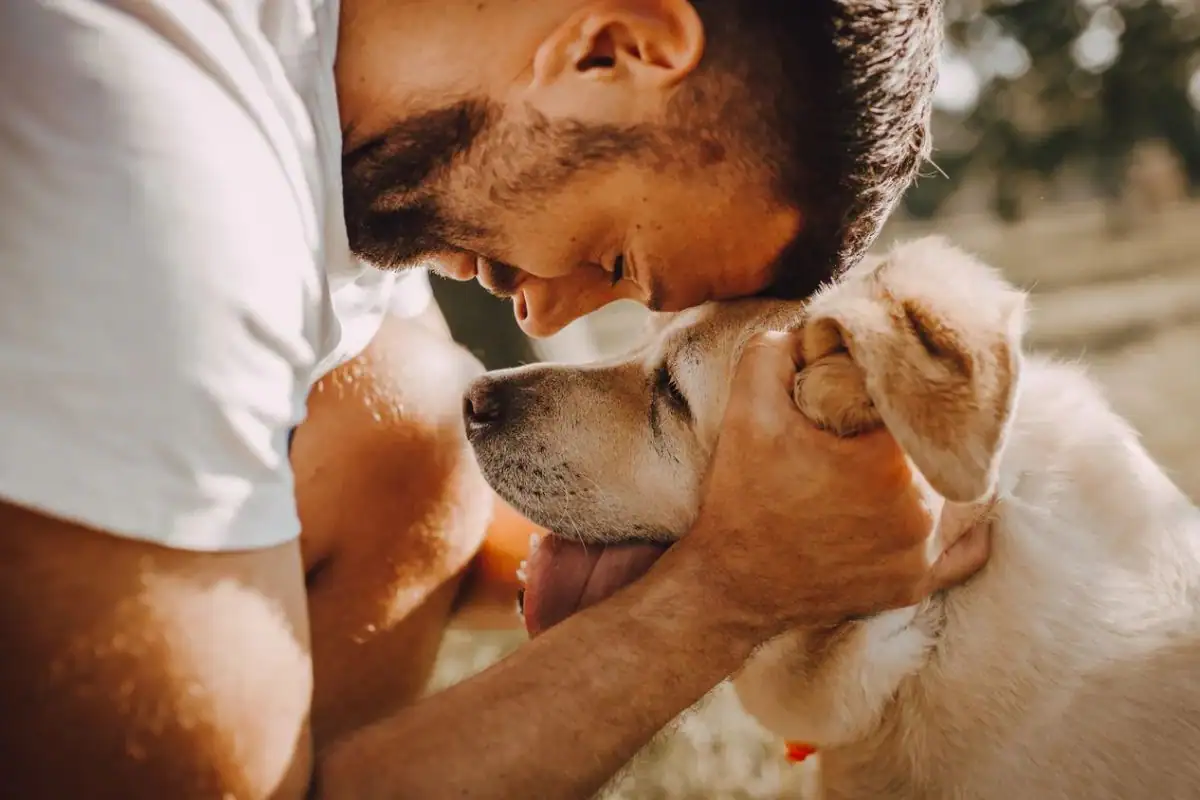Advertisement
Dog Seizures Explained: Facts to Protect Your Furry Friend
Advertisement
Dog seizures are alarming and often heart-wrenching events for any pet owner. These seizures occur when the cerebral cortex—the part of the brain responsible for many vital functions—begins to work abnormally. This irregularity may stem from issues within the brain or medical problems affecting other parts of the dog's body.
Even seizures that last only a few seconds are serious and should never be ignored. Immediate veterinary attention is crucial. However, not all seizures are easily recognizable, as some do not involve dramatic symptoms like convulsions or stiffness. Understanding the causes, symptoms, and management of seizures is key to helping your furry friend live a safe and healthy life.
Recognizing the Types of Dog Seizures
Seizures in dogs present in four main forms, each with distinct symptoms that pet owners should learn to recognize:
- Grand Mal Seizures: These are the most common and dramatic type. Symptoms include loss of consciousness, falling over, limb jerking, chewing motions, drooling, and incontinence.
- Focal (Partial) Seizures: These involve localized muscle movements, such as facial twitching or limb jerking, and may or may not include a loss of consciousness.
- Complex Partial Seizures: These are subtle and can be mistaken for behavioral quirks. Dogs may stare blankly, appear to "fly bite," or exhibit unusual behaviors like aggression.
- Cluster Seizures and Status Epilepticus: These involve multiple seizures occurring back-to-back or a prolonged seizure lasting over five minutes. Both are emergencies that require immediate medical intervention.
Identifying the type of seizure helps veterinarians determine the best course of treatment, so observing your dog closely during an episode is essential.

Advertisement
The Three Phases of a Seizure
Seizures in dogs typically progress through three distinct stages:
- Aura Phase: This is the warning stage when dogs may act strangely. They could pace nervously, try to hide, whine, or shake. This phase can last a few seconds or stretch to hours, giving attentive owners time to prepare.
- Ictal Phase: This is the actual seizure, characterized by symptoms like convulsions, muscle spasms, or even subtle behaviors like staring or lip-licking. Depending on severity, this phase may last seconds or up to ten minutes. Uncontrolled urination or defecation is also common.
- Post-Ictal Phase: Following the seizure, dogs often appear confused, disoriented, or restless. They may drool excessively, pace, or exhibit temporary blindness. This recovery phase can last for several hours, regardless of how severe the seizure was.

Advertisement
Blood-Related Triggers for Seizures
Imbalances in a dog’s blood chemistry can directly impact brain function and lead to seizures. Here are some common blood-related causes:
- Low Blood Sugar (Hypoglycemia): Small breeds like Chihuahuas are particularly susceptible, as their tiny bodies struggle to regulate glucose levels.
- Calcium Deficiency (Hypocalcemia): Lactating dogs may experience seizures due to low calcium levels, especially when nursing puppies frequently.
- Electrolyte Imbalances: Disruptions in chloride, potassium, or sodium levels can interfere with normal brain cell activity.
Routine blood tests can help identify and manage these triggers before they lead to seizures.

Advertisement
Brain-Related Causes of Seizures
Seizures originating from within the brain are often caused by specific conditions or disorders. These include:
- Infections: Diseases like rabies, distemper, and fungal or bacterial infections can inflame the brain.
- Tumors: Growths in or around the brain disrupt normal function and can cause seizures.
- Congenital Issues: Disorders like hydrocephalus, or "water on the brain," are often seen in younger dogs.
- Trauma: Brain injuries from accidents or falls may trigger seizures.
- Idiopathic Epilepsy: This common neurological condition has no identifiable cause but results in recurrent seizures.
Treatment depends on the specific cause, often involving medications, surgery, or supportive care.

Advertisement
Heatstroke and Seizures in Dogs
Heatstroke is a life-threatening condition that can lead to seizures. Dogs that are left in hot environments or exercised excessively during warm weather are at risk. Signs of heatstroke include:
- Rapid breathing or heartbeat
- Drooling or foam at the mouth
- Vomiting and bloody diarrhea
- Collapse or seizures
If a dog shows signs of heatstroke, move them to a cool place immediately. However, avoid shocking their system with ice-cold water. Instead, use cool, damp towels and seek veterinary care urgently.

Advertisement
Epilepsy in Dogs
Epilepsy in dogs is a chronic condition that causes recurrent seizures. It can be hereditary or result from brain trauma, infections, or tumors. Certain breeds, such as Golden Retrievers, Beagles, and Poodles, are more prone to developing epilepsy.
Treatment often involves anti-convulsant medications that regulate brain activity and reduce seizure frequency. While there is no cure for epilepsy, proper management can allow dogs to live normal and fulfilling lives.

Advertisement
Diagnosing Seizures in Dogs
Diagnosing the root cause of seizures requires a comprehensive veterinary evaluation. Common diagnostic tests include:
- Blood Tests: These help identify underlying conditions like liver disease or glucose imbalances.
- Imaging Scans: MRIs and CT scans detect structural abnormalities like tumors or brain swelling.
- Spinal Fluid Analysis: Testing cerebrospinal fluid can reveal infections or inflammation.
Early diagnosis ensures effective treatment and minimizes the risk of further complications.

Advertisement
Handling a Dog During a Seizure
If your dog is having a seizure, it’s essential to stay calm and follow these steps:
- Protect the Dog: Remove nearby objects that could cause injury but avoid touching the dog’s head or mouth.
- Do Not Interfere: Allow the seizure to run its course unless the dog is in immediate danger, such as near stairs or sharp objects.
- Transport Safely: Once the seizure stops, carefully move the dog to a veterinarian for evaluation. Use a carrier or blanket if needed.
Seizures can be frightening, but staying composed will help keep your dog safe and ensure they get the care they need.

Advertisement
Long-Term Outlook for Dogs with Seizures
With proper treatment, most dogs with seizures can lead normal lives. The frequency and severity of seizures often decrease with medication and lifestyle adjustments. Regular veterinary check-ups are vital to monitor the condition and make necessary changes to the treatment plan.
Dogs with controlled seizures can enjoy activities, play, and companionship just like any other pet. Providing consistent care and attention is the key to their well-being.

Advertisement
Diet and Nutrition for Dogs with Seizures
A balanced diet can play a significant role in managing seizures. Consider these dietary tips:
- Include Essential Fatty Acids: Omega-3 and Omega-6 fatty acids support brain health.
- Avoid Additives: Steer clear of foods with artificial preservatives or flavors.
- Opt for High-Quality Proteins: Choose foods with premium ingredients for optimal nutrition.
Proper nutrition, combined with veterinary care, can improve your dog’s quality of life and reduce seizure risks.

.png)




